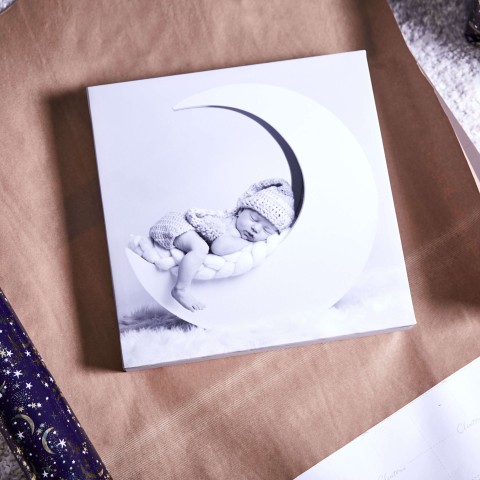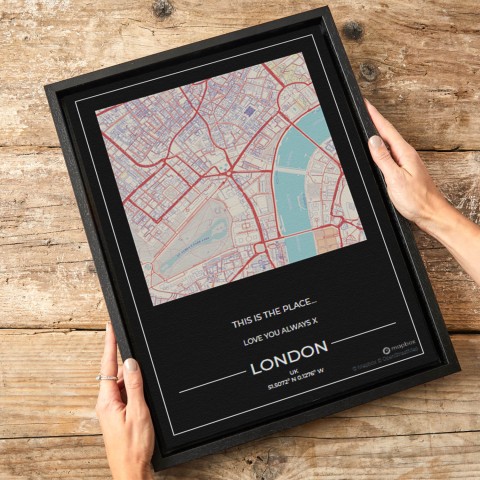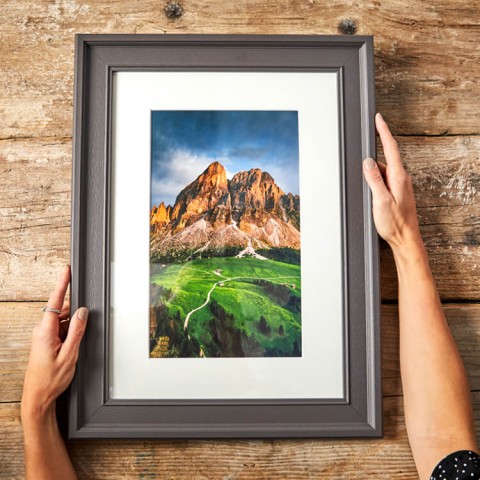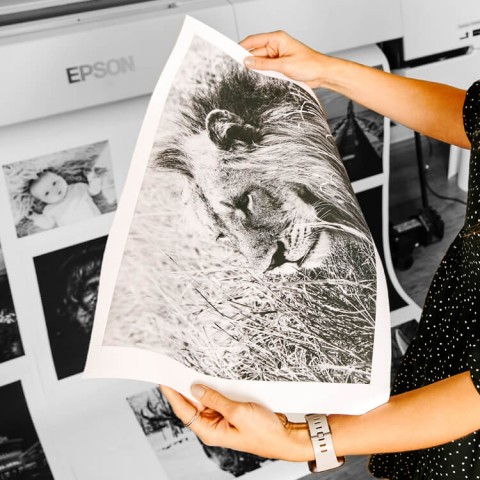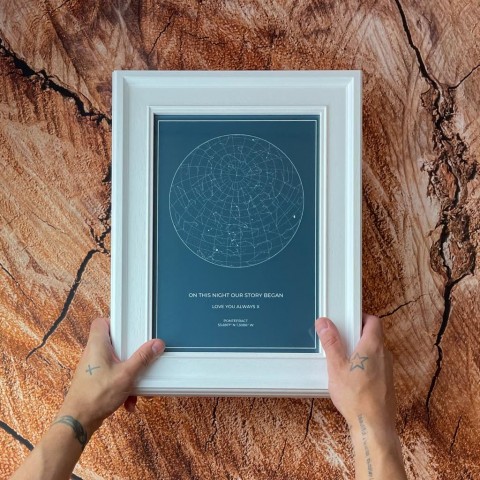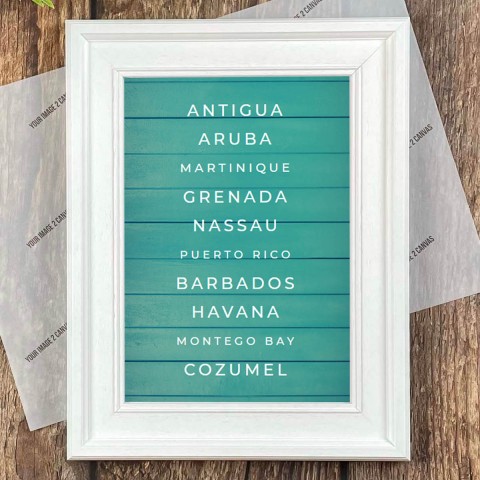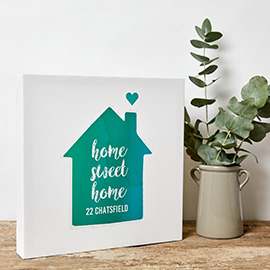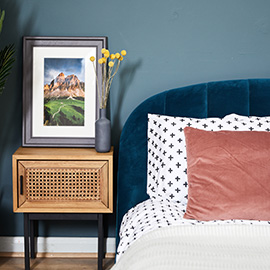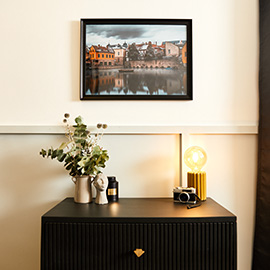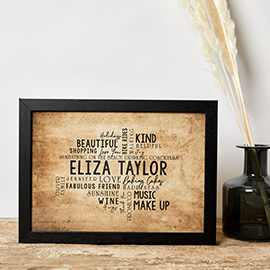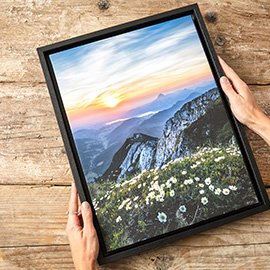Stunning Seascape Photography Tips – Part IIII
In this month’s series of articles, we've looked at everything you need to make your seascapes canvas-worthy. We've looked at the gear you need, how to use it and how to cut some corners – now for the finishing touches! Let's take a look at some of the post-processing tricks you can use in Lightroom, Adobe Camera Raw or Photoshop, in order to get the best out of those fab shots you’ve taken the time to capture.
Clean up the rubbish
There are often objects in your shot that you wish weren't there: before digital, this kind of editing was a painstaking process in the darkroom, but now we have the processing power to simply make all that inconvenient stuff simply disappear. Both Lightroom and Photoshop allow you to clone or heal out discarded rubbish from the beach, ugly telegraphy poles or pylons. It's an artistic decision, and some photographers choose to leave these objects in as part of the scene, but there are no rules. If you don't want them, lose them.
Check your horizon
This is something that you should aim to get as close to perfect in-camera because, despite being good practice, every pixel counts when printing on a large scale and you will lose a few of them while straightening up in post-production. Don’t make the mistake of thinking that ‘nearly level’ is good enough though. The eyes might not notice, but the brain can detect the slightest hint of wonkiness in your horizons and that will drive you nuts when it's hanging on your wall.
Enhance the colours
Post-processing gives you a wonderful opportunity to have some fun: you can tweak the vibrancy, saturation or even change the colours in the sky completely... it really does depend on the image though. The following image is almost straight out of camera, with only a small vibrancy tweak – as you can see, the natural colours needed no enhancement.
This image on the other hand, was processed to enhance the foreboding feeling of the oncoming storm.
Know when to stop!
It's all well and good to have some fun with your processing, but you have to know when to stop too. In much the same way as new drivers are often a little heavy with the accelerator pedal, inexperienced photographers can be a bit gung-ho with the sliders. Take some time to step away from your screen and put a bit of distance between you and your processing. If you come back to the shot you're working on and feel the need to put on some sunglasses, then you've probably overcooked it! The old adage ‘less is more’ applies here.
We hope this series has helped you to hone your seascape photography skills – perhaps we’ll get to see some of your results in the future!
Tags canvas print, seascape photography


